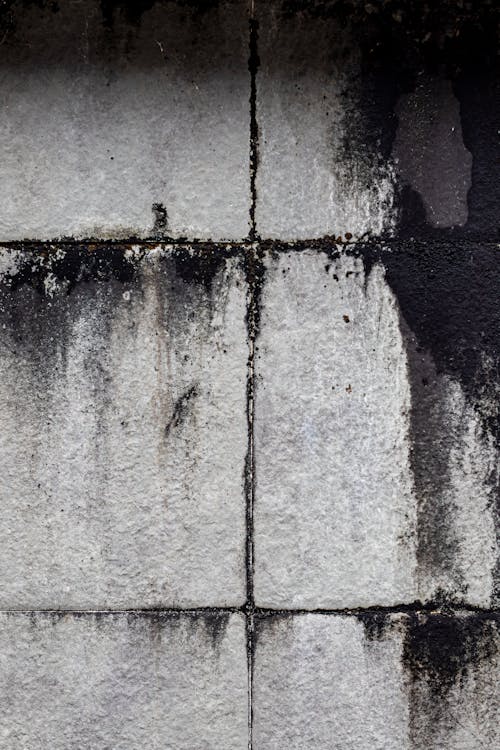
What You Need to Know About Treating Rising Damp
Rising damp can damage building structures and also compromise the heath and comfort of occupants. You need to understand why this happens and how to prevent further damage from happening.
When groundwater rises
Through porous building materials like brick, mortar or stone through capillary action, it will lead to deterioration of the building materials as well as unsightly stains and efflorescence. When there is no damp-proof course or if it is deteriorated, it can lead to the building structure being vulnerable to rising damp. When there are high groundwater levels in the location or poor drainage, buildings will be at an increased risk of rising damp. Water from the ground will infiltrate the porous building materials causing a lot of havoc. If this occurs in your home, you can visit combineddampsolutions.com.au to find the experts to visit the site and come up with solutions. Even if your damp-proof course is sufficient, some external features like flower beds or pathways can bridge the barrier and bypass it entering the building structure. You need to identify the signs of rising damp and this is generally seen as water stains or patches on interior walls. This can be seen at the base of walls. When there is moisture ingress, it can cause peeling, blistering or bubbling of paint or wallpaper in areas that are prone to dampness.

When there is excessive dampness,
It will create a favourable environment for mould and mildew. You can see this as black spots on the ceilings and walls. You can also smell musty odours that can indicate the presence of mould in hidden areas or behind walls. You have to treat the underlying causes and visible signs of rising damp. To prevent moisture from rising through the walls, you have to focus on the damp-proof course. You can install a new one or repair the existing barrier. Poor drainage and high groundwater levels can lead to rising damp so you need to install drainage systems that can prevent water coming in. Any downspouts from the building should be directed away from it so that it doesn’t collect around the foundation. You can also improve the landscaping of the property so that water runoff can be promoted.

There can be structural defects
Such as gaps and cracks that you will need to repair in the building foundation or walls. You can seal cracks using waterproof sealants and apply water repellent coatings to porous surfaces. You also need to improve ventilation in affected areas so that the moisture levels can go down. This will help dry out the damp walls and preventing build-up of condensation. You can install mechanical ventilation or passive ventilation systems. Some of the mechanical ventilation systems to be used are extractor fans, air vents and dehumidifiers. To protect exterior walls from moisture, you can apply water repellent coatings or breathable masonry paints. This will create a barrier to prevent water from coming in and it will allow vapour to escape. This will keep the building materials dry.